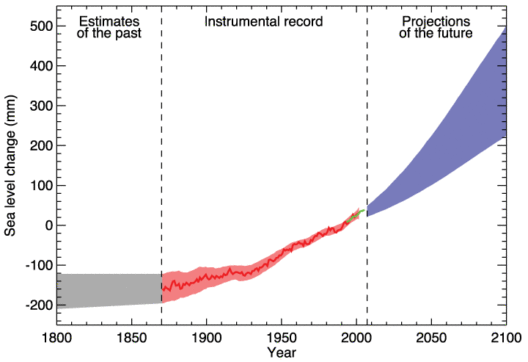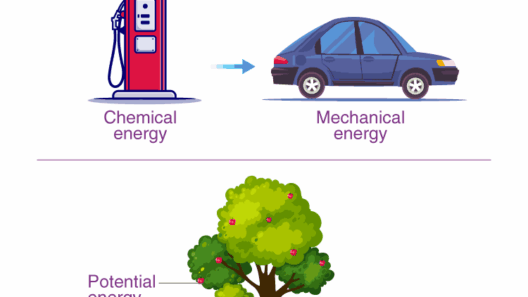The Law of Conservation of Energy stands as a cornerstone principle in the realm of physics. It asserts that energy cannot be created or destroyed; rather, it can only be transformed from one form to another. This essential law has ramifications across various disciplines, instigating curiosity about its limitations and implications. The question lingers: can this law ever be violated? To thoroughly explore this inquiry, we must delve into both the foundational concepts of energy and the psyche of human fascination with the rules of nature.
Understanding energy transfers and transformations is vital when examining the infallibility of this law. Energy exists in numerous forms, whether kinetic, potential, thermal, or even chemical. Each form holds the potential to convert into another, but the total energy within a closed system remains constant. This fundamental understanding lays the groundwork for investigating any perceived anomalies in energy conservation. Can discrepancies, often attributed to extraordinary phenomena—such as perpetual motion machines—truly indicate a violation of this universal law? More than mere scientific curiosity, these inquiries beckon deeper philosophical discussions on the nature of reality itself.
The innate human intrigue with the idea of energy manipulation can be traced through the annals of history. From ancient civilizations harnessing fire for warmth to contemporary advancements in renewable energy technologies, our quest to master energy has been relentless. It is perhaps human nature to grapple with limits and boundaries, prompting efforts that challenge well-established scientific principles. Such endeavors are not without consequence; many ventures into purported ‘free energy’ devices reflect a deep-seated desire to escape the constraining laws of physics, even while being inherently flawed. These aspirations often collide with practical reality, leading to both intrigue and disillusionment.
Exploring common misconceptions surrounding energy transference is key to understanding where misinterpretations may arise. Numerous individuals across various backgrounds have encountered concepts like perpetual motion machines—devices designed to operate indefinitely without an external energy source. At first glance, such mechanisms appear to contravene the Law of Conservation of Energy, sparking excitement among inventors and hobbyists alike. However, historically, every claim surrounding perpetual motion has faced scrutiny and eventual dismissal due to underlying principles of thermodynamics. In essence, these machines fail to account for inevitable energy losses, primarily through friction and heat dissipation. The adherence to existing scientific laws affirms that there are indeed boundaries to what energy systems can realistically achieve.
With these misapprehensions in mind, it is pivotal to analyze the implications of potential breakthroughs in energy science. Theoretical discussions around dark energy, for instance, provoke fascinating debates about the traditional constructs of energy conservation. The reality is muddied when contemplating concepts that rise to the level of cosmic phenomena. Some theories suggest that even within the apparent stability of energy conservation, mechanisms could exist on subatomic levels that contribute to a greater understanding of energy dynamics in the universe. Nevertheless, without empirical evidence, these notions remain speculative at best, emphasizing the necessity for diligent scientific inquiry while remaining tethered to established laws.
To logically interrogate whether the Law of Conservation of Energy could be figuratively ‘violated’, one must also consider the boundaries drawn by contemporary physics. Scientific exploration often intersects with philosophical queries, including perspectives from quantum mechanics and relativity. Delving into the realm of quantum physics introduces the concept of energy fluctuations at microscopic levels—where uncertainty and probabilities render a rigid interpretation convoluted. However, even within these fluctuations, the overarching law of energy remains intact, as these occurrences do not signify a creation or annihilation of energy but rather a transient alteration of its state.
Further, as the universe undergoes cosmic evolution, factors including the expansion of space time and the intricate interplay of gravitational forces challenge our understanding. The ongoing discourse around black holes and their effects on energy presents another dimensional layer to this dynamic. As these celestial entities assimilate energy from their surroundings, one may question whether this constitutes a displacement or a transformation of energy rather than a violation. Evaluating phenomena such as Hawking radiation further complicates the conversation, suggesting that warmth emanates from the very essence of black holes, ushering forth paradoxical insights that challenge preconceived notions.
In summation, the Law of Conservation of Energy has served as a steadfast pillar within scientific inquiry, emboldening humankind’s pursuit of understanding in the energy landscape. Despite fleeting glimpses of creativity manifesting in attempts to defy this universal law, it remains unequivocally recognized in the scientific community. The concepts that dance on the periphery of convention, whether they be inspirational theories or misinterpretations, contribute to a greater cultural fascination with the very fabric of reality. Ultimately, while the quest for energy manipulation continues to inspire, the laws governing its existence persist as firm and unyielding, urging us to explore the boundaries without exceeding them.








